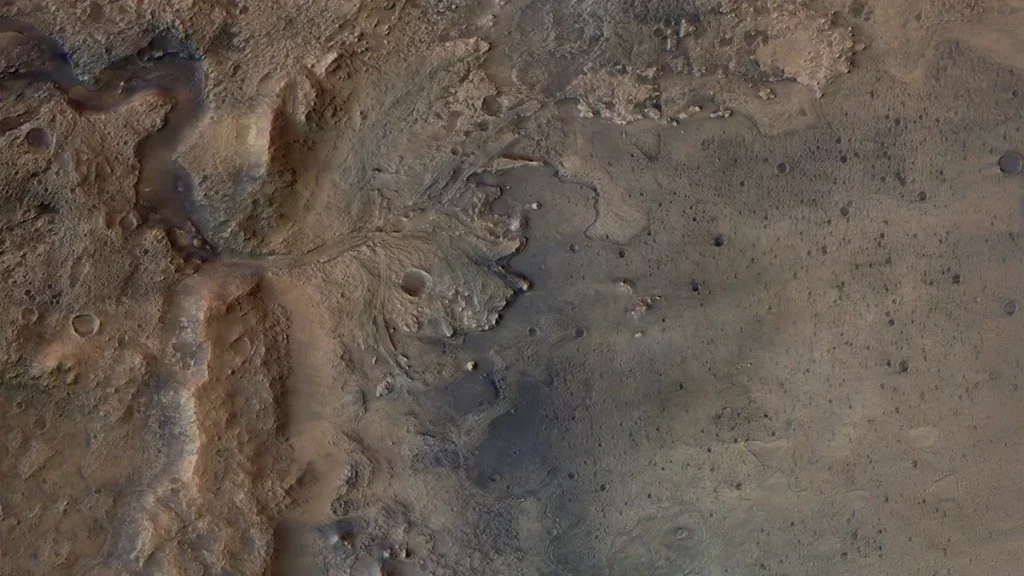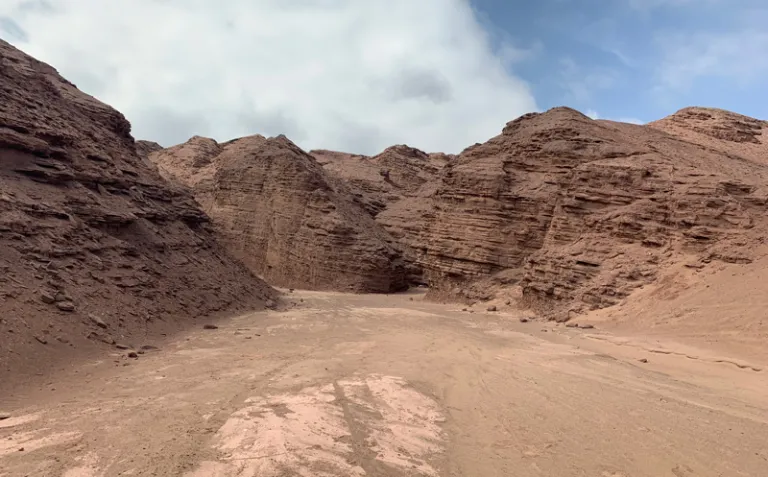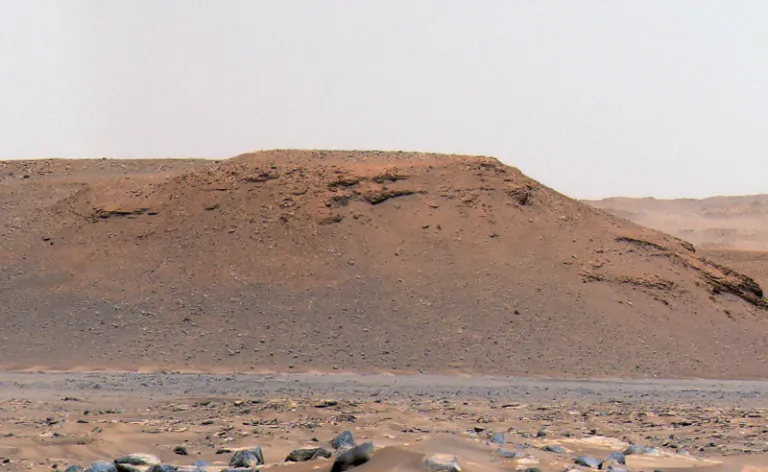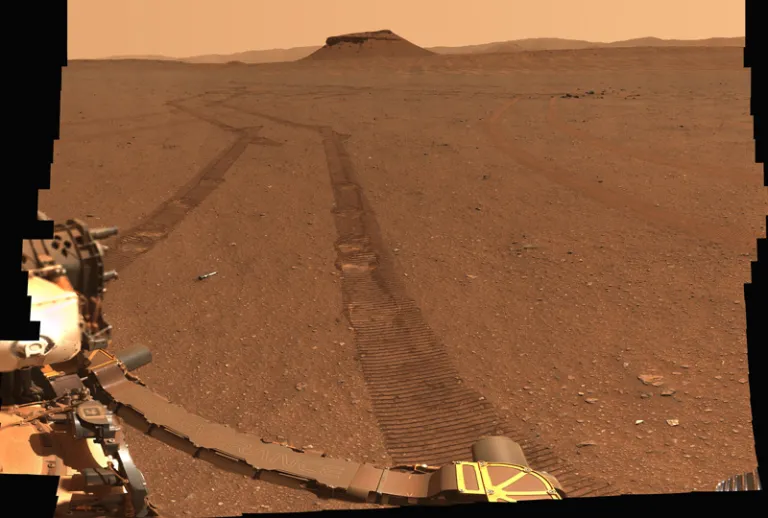
Many features on the surface of Mars look similar to features right here on Earth—from towering volcanoes to weathered rock outcrops to clear traces of dried-up lakes and riverbeds. The similarities have led many—including noted space oddity David Bowie—to ask, Is there life on Mars?
Although robotic landers have found evidence for water and organic molecules, the answer so far seems to be no. A study published in Nature Communications, however, may give reason to hope the issue isn’t settled. Researchers showed that even with the most advanced laboratory equipment we have, it’s difficult to identify life on Earth, much less another planet.
“It will be harder than expected to find evidence of life on Mars with the current generation of instruments that we’re sending,” said Armando Azua-Bustos, a microbiologist at Saint Louis University Madrid in Spain and lead author of the study.

Azua-Bustos and his collaborators concluded this from experiments performed in the Red Stone region of the Atacama Desert in Chile. As the oldest and driest desert on the planet, the Atacama is frequently cited as the closest terrestrial analogue to Mars. The Red Stone region is an ancient alluvial delta (between 100 million and 163 million years old) that bears strong geological similarities to the 3.5-billion-year-old delta at the edge of Jezero crater on Mars, where NASA’s Perseverance rover now is collecting samples.

The Right Equipment
In practice, searching for life involves chemical experiments, such as gas chromatography–mass spectrometry (GCMS), in which Martian soil samples are vaporized and their components are analyzed for organic molecules or chemicals known to be inimical to known life. Many planetary missions have carried GCMS instruments, including the 1970s Viking landers on Mars, the Cassini Saturn orbiter—which found organic molecules in jets of water from the moon Enceladus—and the currently operating Martian rovers, Curiosity and Perseverance.
Azua-Bustos and his colleagues used GCMS, DNA/RNA sequencing, and optical microscopes to search for evidence of both living and fossil microorganisms in Red Stone rocks. The GCMS they used was more sensitive than anything carried on Mars missions, yet it detected only trace evidence of life.

In addition, the genetic sequencing—which Mars landers currently are not capable of—couldn’t identify 9% of the organisms at all and could make only broad classifications for an additional 40% of the samples. The researchers referred to these unidentified organisms as the dark microbiome, which may be analogous to any Martian life scientists might find, if it resembles earthly life at all.

Amy Williams, an organic geochemist at the University of Florida who was not involved in the study, said future planetary missions would need broader approaches like those used at the Red Stone site. “The next step is to do an extraction on [Martian] samples to pull the organics out and concentrate them,” she said. “That’s what we do on Earth with very lean samples that don’t have a lot of organics in them.”
Both Azua-Bustos and Williams, who works on the Curiosity rover and the design of the proposed Mars Life Explorer, emphasized the need to return Martian samples to Earth for analysis because laboratories here will always be more advanced than anything we can send on a spacecraft.
Even confirming fossil microbes on Earth is fraught, Azua-Bustos pointed out. “I would expect that it will be even harder on Mars to see anything, given the extreme environment,” he said. “For me, the easiest way is to see something crawling, but that probably will not be the case.”
This article originally appeared in Eos Magazine and was re-published under a CC BY-NC-ND 3.0 license.









